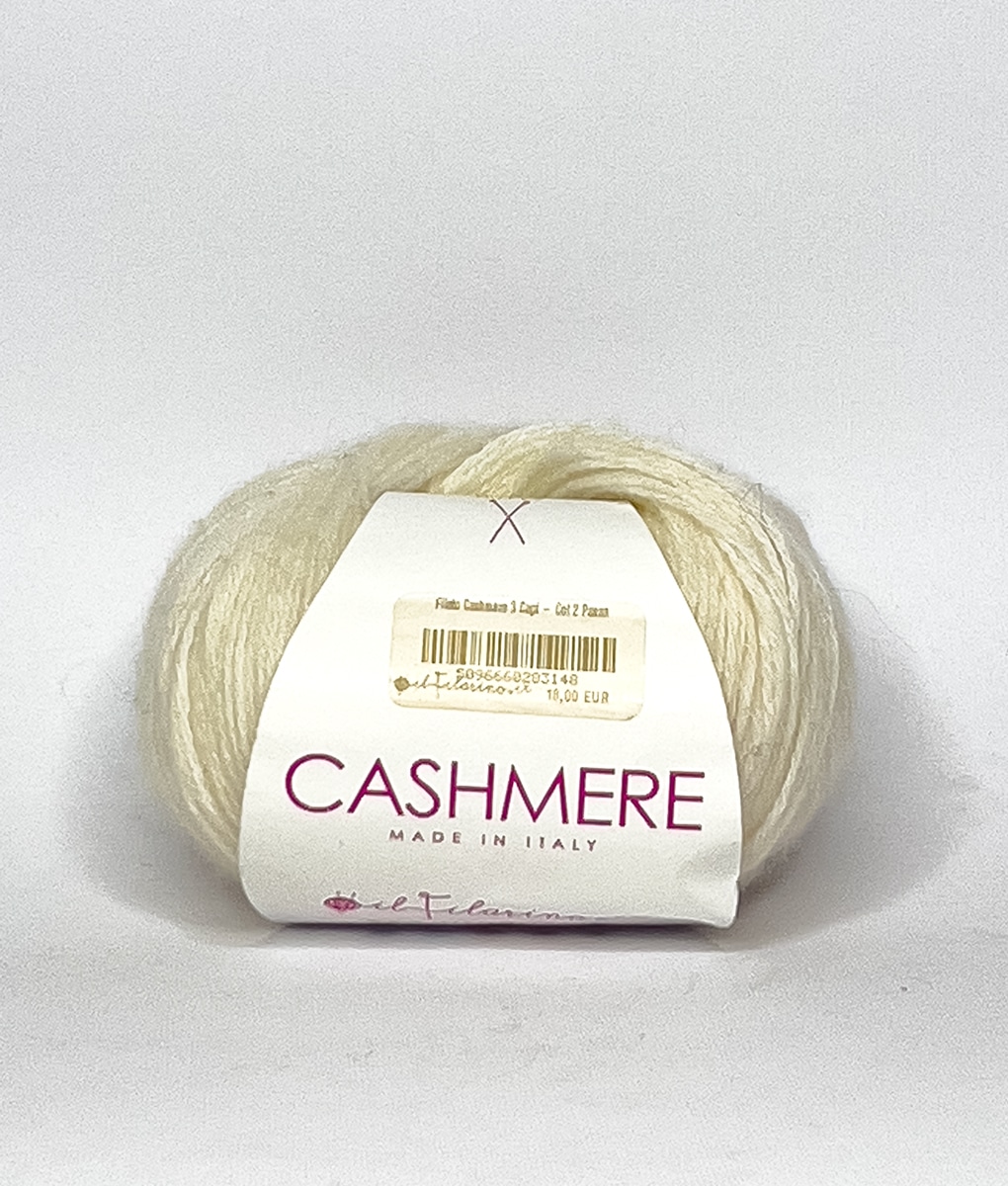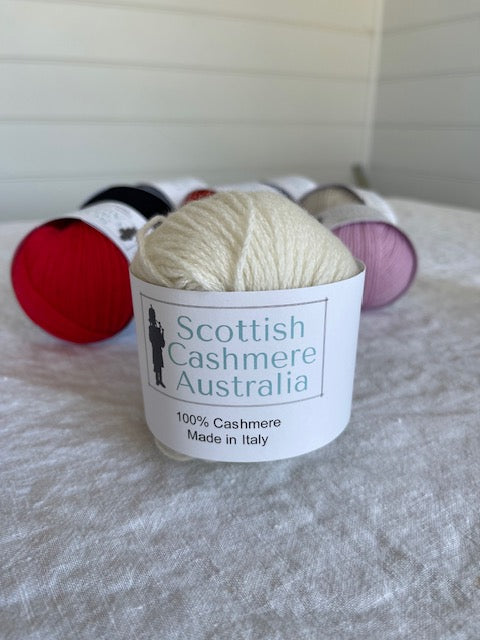Discovering the Various Types of Cashmere an All-natural Fiber for Ultimate Luxury
Cashmere, an all-natural fiber, is often connected with deluxe and comfort. Not all cashmere is produced equivalent. From the highly soft Mongolian variety to the light-weight heat of Indian Pashmina, each type provides its very own special attributes and appeal. The a lot more budget friendly Chinese cashmere, the conventional Scottish version, and the premium Italian blend, all tell a various tale of this impressive fiber. As we decipher the world of cashmere, a much deeper understanding of its real worth and sophistication begins to emerge.
Understanding the Elegant Nature of Cashmere
Cashmere, often connected with luxury and comfort, holds a distinct appeal in the globe of all-natural fibers. Unlike other all-natural fibers, cashmere combines insulation with breathability, providing exceptional comfort throughout varying temperature levels. Its glossy surface and soft appearance contribute to its premium charm, validating the premium price that often comes with cashmere garments.
Just What Is Cashmere and Where Does It Originate from?

Cashmere is obtained from the soft undercoat of cashmere goats, mostly located in Mongolia, China, Iran, and Afghanistan. This thorough process contributes to the scarcity and high cost of cashmere. With its origin in the severe landscapes of Asia, cashmere is a testament to nature's capability to create high-end from misfortune.
Translating the Various Kinds of Cashmere
Comprehending the different types of cashmere is vital to valuing the quality and unique features of this lavish material. Generally, cashmere is classified into 3 types: raw, virgin, and recycled. Translating these kinds is the first action in understanding the exclusivity and worth of cashmere.

The Special Features of Each Kind of Cashmere
Having explored the various categories of cashmere, it comes to be evident that each kind boasts its distinct collection of attributes. Mongolian cashmere, for circumstances, is renowned for its superior top quality, due to Mongolia's severe winters that produce longer and finer fibers. On the other hand, Chinese cashmere is frequently extra budget-friendly, though its shorter fibers can reduce resilience.
Why Cashmere Is the Epitome of Luxury in vogue
Cashmere holds a well-regarded position in the world of style, pertained to as a sign of luxury and refinement (is cashmere a natural fiber). Cashmere is acquired from the great undercoat of Himalayan goats, understood for about his their remarkable quality fiber. Cashmere's unequaled convenience and sturdiness make it a desired product in the creation of premium garments.
The Refine of Making Cashmere: From Goat to Garment
The trip of cashmere, from being an undercoat of a Himalayan goat to an extravagant garment, is an intricate one. This mix is after that meticulously divided, with only the soft down made use of for cashmere. From goat to garment, each step is a testimony to the persistence, artistry and ability included in crafting cashmere.

Final Thought
In final thought, cashmere, with its natural elegance and see this here exceptional convenience, reigns supreme worldwide of high-end fashion. The variety in kinds, ranging from the soft Mongolian, lightweight Indian Click Here Pashmina, economical Chinese, traditional Scottish, to the vibrant Italian, reveals the versatility of this natural fiber. The meticulous procedure of changing it from a goat to a garment additionally contributes to its exclusivity, making cashmere the embodiment of refinement and luxury.
Cashmere, a natural fiber, is often linked with deluxe and comfort (is cashmere a natural fiber).Cashmere, often connected with luxury and comfort, holds an unique appeal in the world of all-natural fibers. Unlike various other all-natural fibers, cashmere combines insulation with breathability, supplying exceptional comfort throughout varying temperature levels. Cashmere is obtained from the soft undercoat of cashmere goats, mainly found in Mongolia, China, Iran, and Afghanistan. Cashmere is obtained from the great undercoat of Himalayan goats, known for their remarkable high quality fiber